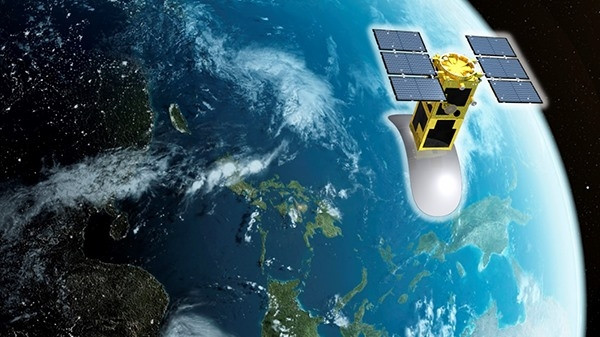America, China, India compete in South Asia

Sri Lankans “besieged” a gas station in Colombo on May 18, when the government said fuel resources in the country had run out – Photo: Reuters
Over the past few weeks, South Asia has seen many economic turmoil. On May 19, Sri Lanka officially defaulted because it failed to pay $78 million in bond interest. Nepal – Sri Lanka’s neighbor – is on the verge of crisis and Pakistan is also facing the risk of bankruptcy.
The common cause is the combined effect of many factors: from huge public debt, rising inflation, depletion of foreign exchange reserves, poor economic management to the COVID-19 pandemic and the latest conflict with Russia. – Ukraine.
Lessons learned
Over the years, China has brought the small states of South Asia into the orbit of influence, targeting their primary concerns of security and the economy. But after billion-dollar infrastructure investments from Beijing, many countries have sunk deep into debt.
The fact that Sri Lanka has to bring ports and land to “pay off debt” seems to have made other countries more cautious. In recent weeks, India has played a role of big brother and helped smaller countries overcome difficulties.
Associate Professor Shamshad Ahmad Khan of BITS Pilani University said Sri Lanka expected Beijing to reduce its debt now, but that did not happen. And India was present with the “lifebuoy” of emergency loans, fuel support.
However, China has also decided to extend the loan to Colombo and is negotiating more loans.
While India is “favorable” in Sri Lanka, China still maintains close relations with Pakistan, although recently America held a bilateral security dialogue and pledged to help Islamabad rebuild its economy.
Nepal is also witnessing competition for influence from China, India and the US. In February 2022, Nepal approved a US$500 million grant from the Millennium Challenge Corporation (MCC) for economic and infrastructure development.
By April 2022, they continued to sign a development assistance agreement worth 659 million USD with the US Agency for International Development (USAID).
The Chinese foreign minister then left for Kathmandu and signed nine agreements on economic, technical, medical and vaccine cooperation. Meanwhile, on May 16, India pledged to build a 695MW hydroelectric power plant in Nepal.
They (regional governments) have learned that they can rely on India instead of China, should they face a similar crisis in the future.
Expert Shamshad Ahmad Khan (of BITS Pilani University) commented.
Balance
According to expert Anu Anwar of Harvard University, although it is difficult for India to compete for influence with China in South Asia, especially in economic terms, New Delhi has long-standing cultural and political relations with countries in the region. area.
In addition, India is also strengthening strategic cooperation with the US and Japan in the Indo-Pacific Strategy and the QUAD group. “When it comes to the role of major powers in South Asia, the strategic convergence between the US, India and Japan is increasing but the divide between China and the rest is widening,” Anwar said. determined.
With small countries, the competition of the “big guys” is both beneficial and potentially risky. Relying on just one country, as in the case of Sri Lanka with China, has proven to be a dangerous move.
“It is unwise for Sri Lanka to join hands with China and let tensions escalate with India. If India handles the crisis situation (in Sri Lanka) well, they can win the sympathy of the people of the country. this,” said Pavithra Jayawardena, a lecturer at the University of Colombo.
According to Jayawardena, Colombo needs to balance relations with major countries and review relations with China.
Similarly, analyst Santosh Sharma Poudel of the Nepal Institute for Policy Studies said that the country still has enough room for investment from both China and India, but should consider cooperation with the two “big guys” because of “needs”. grow” instead of getting caught up in the “game of balance”.
Unlike neighboring countries, Nepal so far has only received support, not loans from China, and sees competition among major countries as an opportunity for economic development.
at Blogtuan.info – Source: tuoitre.vn – Read the original article here




